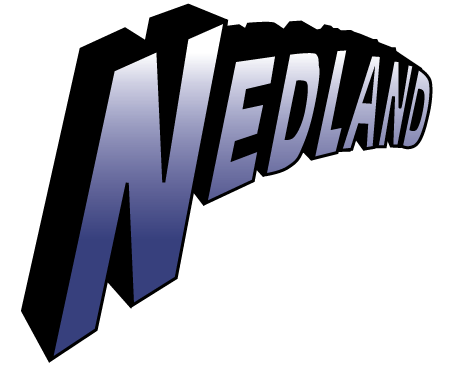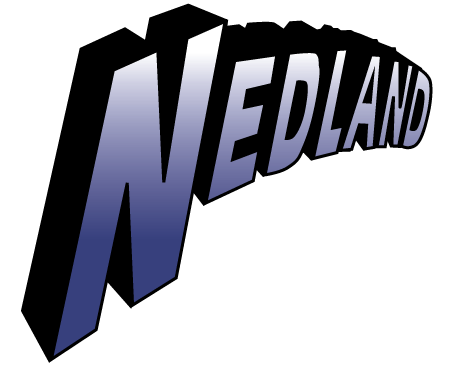There was a time when the first question new customers asked was, “How much does it cost?” No longer. Today, our customers are far more educated—they understand the differences in quality from manufacturer to manufacturer and the value quality products deliver for their businesses.
They also understand that manufacturers everywhere are struggling to secure supply.
Now when we field calls from new customers, we hear, “I know you guys make quality equipment. The big thing I need to know is—what’s your lead time?”
The impact of supply chain disruption
Like everyone, the pandemic has created some challenges for our business.
Our greatest constraint has been in getting our hands on the parts and components we need to build our roll-offs, compactors, and containers.
Before the pandemic hit, we’d routinely receive pallets of them from our suppliers.
Then COVID swept in and our production came to a slow crawl. Our valves were manufactured in Italy, and the entire country was on lockdown. Our pump supplier would only allow us to order five or six pumps at a time, and we’d have to come back every couple of days to order another half dozen pumps. It was the toilet paper run of waste equipment manufacturing.
We’ve never experienced anything like it before.
Early in 2019, customers were surprised by our lead times and those of our competitors.
Things are different today—everyone has personally felt the impacts of supply chain disruption. Customers understand that delays are simply a fact of life right now. They get it.
That doesn’t mean we’re not doing anything about it.
We’re rethinking the way we work to tighten lead times
We want to deliver for our customers and help them grow. That meant taking a different approach to supply and inventory management.
For starters, we’re working like crazy to diversify our supply so we can shorten lead times. That said, we won’t grab just any part we can find, integrate it into our manufacturing design, and say, “That’s good enough—it looks like a Nedland trailer.”
There are cheap parts and components readily available on the market. But, we’re not going to cut corners to make quick sales. That would mean delivering a lesser quality product that doesn’t live up to your expectations and damages our reputation, and that’s not how we both grow.
What that means for us is carefully assessing both old and new suppliers—and making small orders to confirm quality before making large purchases from those we don’t know.
This process has offered its fair share of surprises.
We noticed that quality was starting to fall off for some of our established suppliers. Were they struggling to find quality materials and components? Did they lose their skilled workforce and continue manufacturing with new, unskilled labor?
On the flip side, our hunt for new suppliers revealed opportunities to increase the quality of our products even more. For instance, the pumps we uncovered from a new supplier work even better than our previous product—and allow us to run two functions at once.
Additionally, we’re shifting from a lean manufacturing approach to one that enables us to be more resilient in the face of continued supply chain disruption—placing orders before we even need parts, materials, components to maintain a healthy inventory.
Quality—it’s worth the wait
It’s no surprise that it takes longer to manufacture products than it did pre-pandemic.
And, with longer lead times, the lure of a roll off trailer or compactor that can be delivered in three weeks can be awfully tempting. We get it. But, waiting a little longer for a quality product can pay big dividends—it will ensure your equipment will be with you for the long haul.


